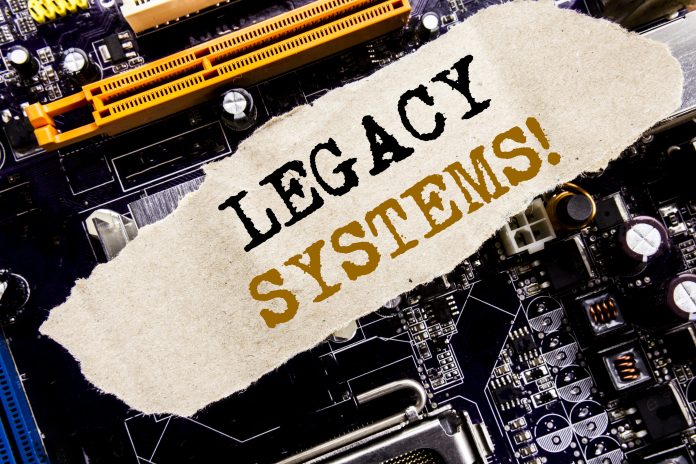Here, Nick Jewell, Sr Director of Product Marketing at Alteryx, unpicks why legacy systems are failing and explores what can be done about it
This year has proved particularly challenging for the public sector, with the COVID crisis bringing unprecedented levels of disruption. The government has tried to minimise the pandemic’s impact on health and the economy, with varying levels of success. To do this, government leaders have turned to data and analytics to understand where cases are rising, along with the demographics of those affected and what containment measures are working well and where. Taking a data-led approach helps to allocate critical resources to the areas most in need while enabling the economy to recover.
However, recent times have highlighted another potentially harmful effect of COVID-19 – the ineffective use of data. Most notably, nearly 16,000 COVID cases were left unreported due to the poor use of Microsoft Excel. This caused delays to the contact tracing process, with a potentially significant impact on the government’s ability to stifle the spread of the virus. Another recent example of bad data use is the A-level results fiasco where automated decision making based on flawed predictions saw students being unfairly marked down. The results were eventually scrapped and pupils were given the grades originally predicted by their teachers.
Critical services relying on systems that were never built for large-scale data analysis is clearly not an ideal situation. Many public sector departments are hampered by ageing software, potentially forcing public sector leaders to make decisions based on bad data. This is unacceptable at any time, but during a global pandemic – the impact could be colossal. And it’s clear from the mistakes seen recently that legacy systems in the public sector are failing with potentially catastrophic results.
Only by using fresh data-driven insights centred on operational efficiencies can public sector leaders reimagine processes and boost performance. Many of the companies that have endured the pandemic so far are those that have already embraced a data-driven approach. In order to get the most out of all available data, new and stable platforms are needed to replace legacy systems which simply cannot cope with today’s ever-increasing amounts of data.
What the public sector needs is a self-service platform with the ability to easily compile and analyse data. An all-in-one data platform can bring together data in various formats from multiple sources, including legacy systems. Collating this data into a unified dashboard not only makes it discoverable and useful, but it also ensures that all personal and sensitive information has the necessary protection. A unified data platform opens up the world of analytics to the entire workforce, enabling public sector workers to automate analytic processes and eliminate the manual work that slows down problem-solving. This allows them to get the best insights in the most efficient way.
The ability to run a more efficient track and trace system is a key element in controlling any pandemic, while a robust data platform could also help public health officials in various other ways. For example, predictive analytics can be used to forecast the length of a patient’s stay in hospital, so that adequate staffing levels can be ensured and patients have access to discharge and outpatient services when needed.
Beyond the healthcare setting, a unified data and analytics platform could also help public sector departments in other ways, such as visualising insights on road safety and fatalities or creating a dashboard to share insights about funding levels in public education. It could also be used to uncover anomalies and advocate for constituents by analysing vast amounts of data related to consumer complaints, or to forecast crime rates and seasonality in order to deploy resources more efficiently.
Waltham Forest Council
Waltham Forest Council in London is one local authority that has already switched to self-service analytics as part of its new corporate strategy. The team previously spent a lot of time moving data around to ensure it was in the right place and in a usable format. Now the Council has been able to drastically cut down on data preparation time, allowing it to make savings targets at the same time as improving capabilities. The team has been able to complete more projects and has been inspired to think of more ideas about what they could use the platform for.
While using advanced analytics to create actionable insights can’t replace professional judgement, it can augment it. The inefficient use of data can be counter-productive and in some cases, dangerous. For the public sector, replacing legacy systems with a centralised easy-to-use platform data platform is an essential step in moving towards a democratised data-driven culture. Using the ever-increasing pool of data available more efficiently will help public sector leaders to deploy the right resources to the right place at the right time. Not only will this help them to combat the impact of the COVID crisis, but it will also help them to tackle future crises and work in a more efficient way.











